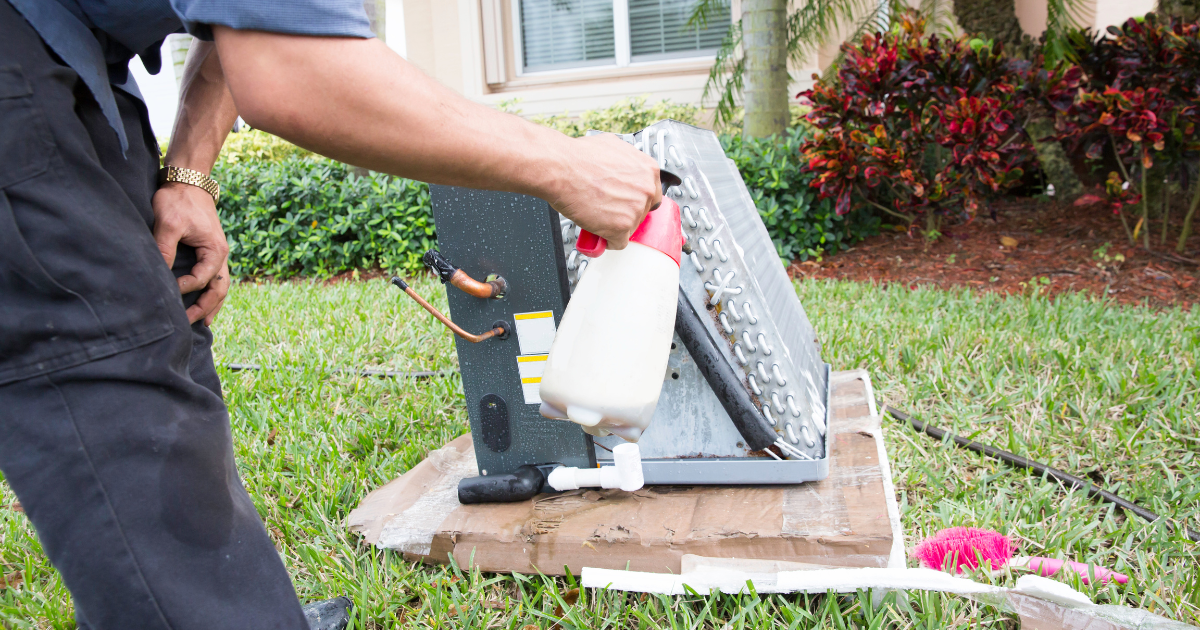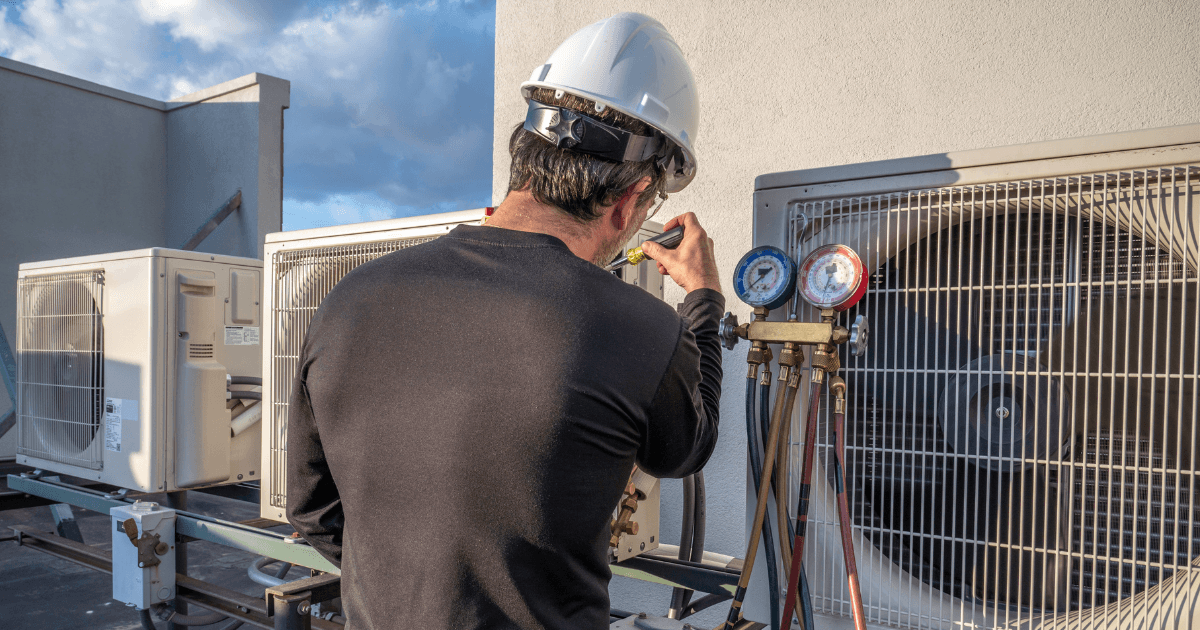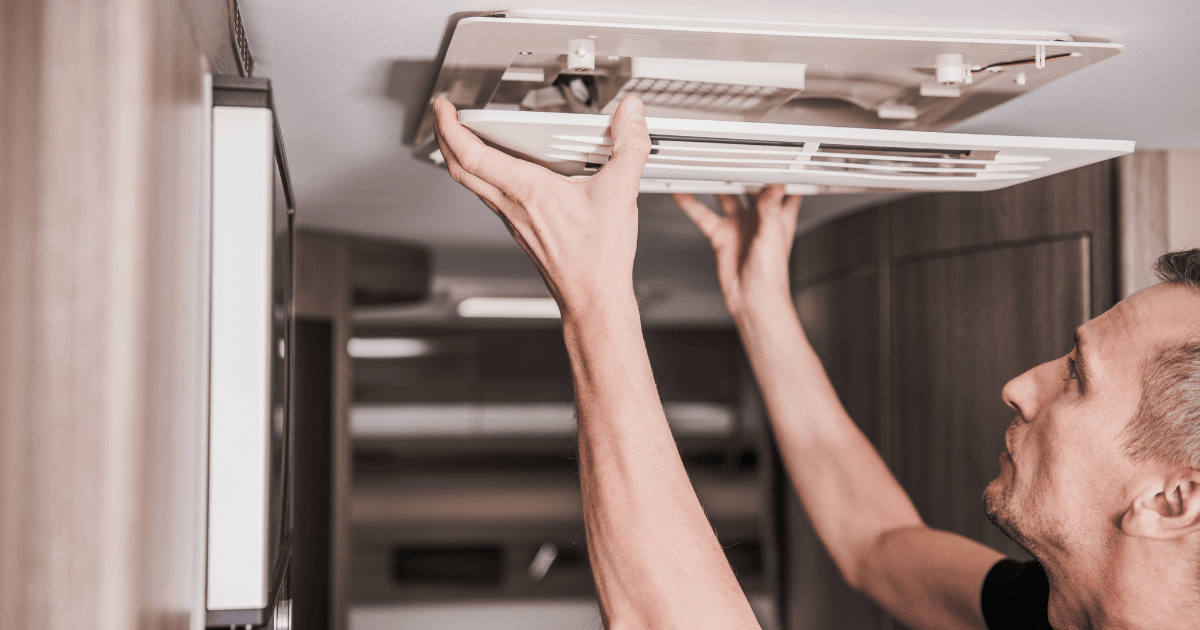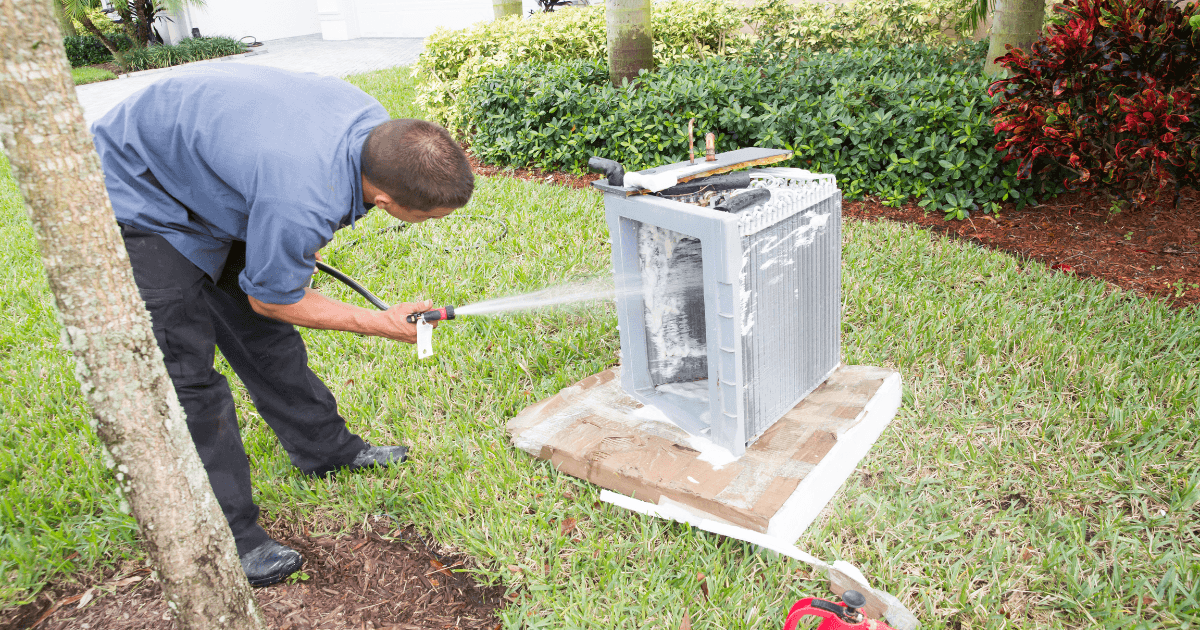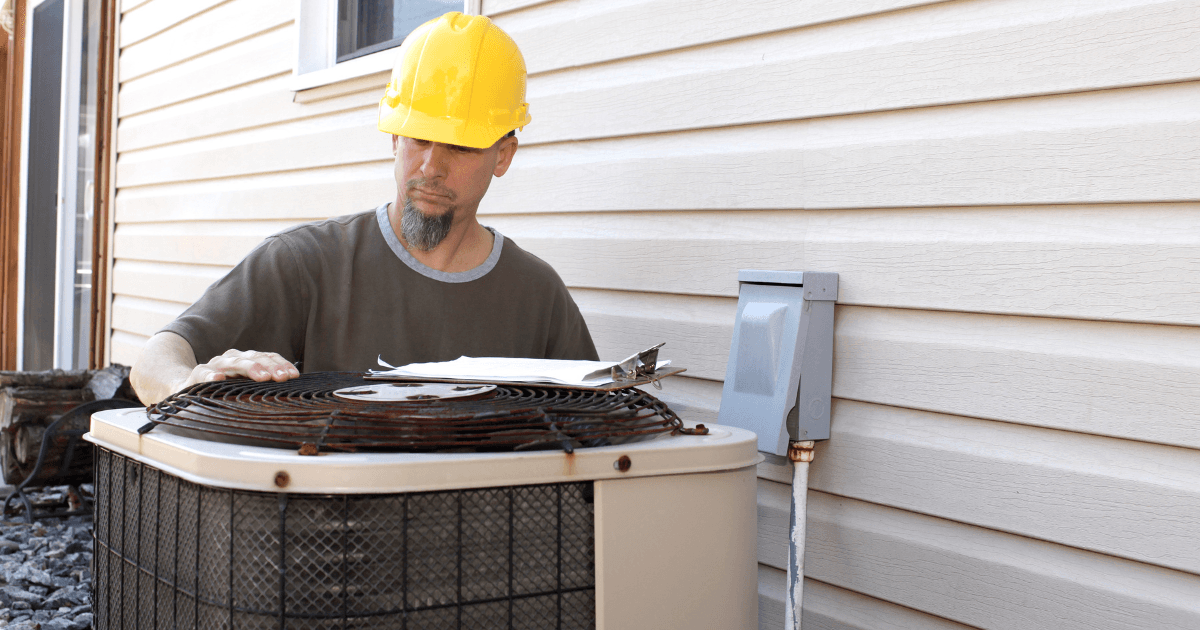The decision between replacing a malfunctioning air conditioner coil or upgrading to a completely new system is more complex than it appears. It involves an understanding of how an air conditioning system works at a fundamental level, cost comparisons, energy efficiency concerns, and long-term implications on reliability and comfort. Most homeowners, when faced with this dilemma, may instinctively lean toward the less expensive option—replacing the coil. But is this really the best choice?
Using first-principles thinking, let’s break down the core elements of this issue and offer profound, actionable insights grounded in a deep understanding of the mechanics, economics, and the future of HVAC systems.
1. The Role of the AC Coil: More Than Just a Component
At the heart of every air conditioning system are two coils: the evaporator coil inside and the condenser coil outside. Together, these components facilitate the heat exchange that cools your home. The evaporator coil absorbs heat from the indoor air, and the condenser coil releases that heat outside.
From a purely thermodynamic perspective, these coils operate based on the laws of heat transfer. The more efficient the heat transfer, the more efficiently your system cools. However, the efficiency of this process is highly dependent on the condition of the coils. Over time, corrosion, dirt buildup, and refrigerant leaks can degrade the coils’ performance. This is why a malfunctioning coil often leads to reduced cooling efficiency and higher energy consumption.
Conventional wisdom suggests that if the coils are the problem, replacing them should restore the system’s performance. But here’s where a deeper analysis comes into play: the condition of the coils is often a symptom of larger systemic issues. If the coils are failing, it could indicate that the entire system is aging and nearing the end of its useful life.
2. When Is Replacing the Coil a Sound Decision?
In some cases, replacing the coil might be a viable, cost-effective solution. This is particularly true if your system is relatively new and the coils are still under warranty. For systems that are less than 10 years old and have otherwise been operating efficiently, a coil replacement could extend the life of your system for several more years.
For instance, if a unit is still energy-efficient and sized correctly for the home, coil replacement allows you to maintain the performance of the system without the upfront cost of installing a new one. In this case, the financial decision tilts toward replacing the part and avoiding the higher cost of a full system overhaul.
However, the diminishing returns of repeated repairs must be considered. A coil replacement is a significant repair, and if your system has required frequent repairs already, replacing the coil might not solve the underlying problems. If the system continues to deteriorate after the replacement, it will inevitably lead to more costly repairs.
3. The Case for a Full System Replacement
Now, let’s explore the other side of the equation: replacing the entire system.
HVAC systems operate with many interconnected parts, and the failure of one component—such as the coil—often indicates that the system as a whole is becoming less efficient. The SEER (Seasonal Energy Efficiency Ratio) rating, which measures the efficiency of air conditioners, improves with newer models. Older systems, even if repaired with new coils, may still operate at a SEER of 10 or less, whereas modern units can have SEER ratings of 15, 20, or higher.
This gap in efficiency has significant implications for long-term cost savings. A new, high-SEER system can reduce energy consumption by 30-50%, especially in hotter climates where the system operates for long periods. In areas like Arizona or Florida, where the demand for cooling is high, this efficiency upgrade alone could justify the cost of a new system in just a few years.
Moreover, newer systems often come with smart technology that optimizes performance based on real-time conditions, further enhancing efficiency and reducing energy bills. Additionally, with newer refrigerants (such as R-410A, which is more environmentally friendly and efficient than older refrigerants like R-22), modern systems are built to align with both environmental regulations and consumer needs for sustainable energy use.
4. Energy Efficiency: The Hidden Long-Term Savings of a New System
From a purely financial perspective, upgrading to a new system might feel like a larger upfront investment, but the long-term savings often outweigh the immediate cost. Replacing just the coil might temporarily fix cooling issues, but you are still left with an aging system that’s likely less efficient than today’s high-performance models.
The energy consumption of an HVAC system is primarily a function of its SEER rating, insulation, and the cooling load of the house. A system with a higher SEER rating requires less energy to cool the same amount of air. Over time, even a modest improvement in SEER rating can lead to significant savings on energy bills, especially when compounded over several years.
For example, upgrading from a SEER 10 system to a SEER 16 system can reduce cooling costs by approximately 40%. In climates with high cooling demands, such as the southern United States, this can translate into hundreds or even thousands of dollars in savings annually.
In addition, newer systems come with advanced diagnostic tools that can detect performance issues before they become costly repairs. This technology reduces the likelihood of unexpected breakdowns, giving you more control over maintenance and reducing the risk of major repairs.
5. The Environmental Considerations: Sustainability and Refrigerants
Environmental concerns are another key factor in the decision-making process. Many older AC systems use R-22 refrigerant, which is being phased out due to its harmful effects on the ozone layer. The production of R-22 has stopped, and its cost is rising as supply diminishes.
The refrigerant used in an AC system plays a crucial role in its overall efficiency and environmental impact. Modern systems use R-410A, which is more environmentally friendly, has higher efficiency, and operates at a higher pressure, enabling better heat exchange.
For homeowners looking to reduce their carbon footprint, replacing the entire system with a unit that uses R-410A is a forward-thinking decision. Not only does this reduce greenhouse gas emissions, but it also ensures compliance with future environmental regulations, protecting against the rising costs of obsolete refrigerants.
6. Professional Insights: What HVAC Experts Recommend
HVAC professionals often recommend replacing the entire system if the unit is over 10-12 years old or if the repairs (such as replacing the coil) amount to more than 30-50% of the cost of a new system. This rule of thumb is based on the understanding that the efficiency of older systems declines with age, and the cost of repeated repairs can quickly add up.
Real-World Application: Imagine your current AC system is 12 years old, and replacing the coil will cost $2,000. A new, energy-efficient system might cost $5,000, but it will come with better cooling efficiency, a warranty, and lower energy costs. Over time, the new system could save you thousands in energy bills, and you would avoid the hassle of repeated repairs on an aging system.
Conclusion: A Decision Beyond Immediate Costs
Ultimately, the choice between replacing an AC coil or installing a new system depends on the age of the system, energy efficiency, and long-term cost implications. Replacing the coil may seem like the less expensive option upfront, but if the system is nearing the end of its life or is no longer energy-efficient, it might be more economical in the long run to invest in a new system.
With the increasing importance of energy efficiency and environmental responsibility, upgrading to a newer, high-SEER unit could reduce your cooling costs, increase home comfort, and provide peace of mind with a long-term warranty. For homeowners seeking sustainability and savings, this investment will pay dividends over the years, far exceeding the immediate cost of a simple coil replacement.
When faced with this decision, consider not only the short-term financial aspect but also the broader picture of efficiency, reliability, and environmental impact. This holistic approach will ensure you make the best decision for your home, your wallet, and the planet.

